| Binary/Hexadecimal |
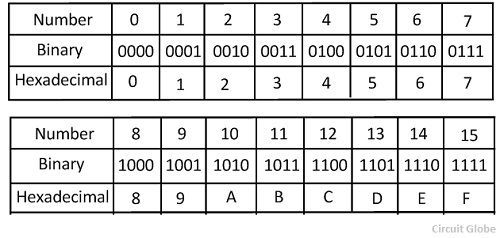 |
Binary is the language used by computers which consists of 0’s and 1’s. Hexadecimal is an alphanumeric system with base 16, using 0-9 and a-f. |
| Bit/Nibble/Byte |
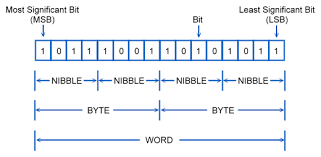 |
A bit is the smallest unit of binary represented by 0's and 1's. One nibble is equivalent to four bits. One byte is equivalent to eight bits. |
| Data |
Data |
Data is information that can be moved, processed, or stored. This can be images, documents, text, etc. |
| Data Abstraction |
Data Abstraction |
Data abstraction is a simplified representation of a body of data. ID names are an example of data abstraction because once an ID is given, it is easy to reference and use later. |
| Lossless/Lossy compression |
 |
Lossless compression decompresses data to its original form without any loss and maintains all information. Lossy compression reduces file size by permanently eliminating data. |
| Metadata |
 |
Metadata provides information about other data, but doesn't provide what the actual content of the data is. |
| Computer Network |
 |
Computer network involves interconnected devices that share and exchange data with each other. |
| Parallel/Distributed computing |
 |
Parallel computing is where a single computer carries out multiple tasks simultaneously. Distributed computing requires multiple computing devices to process multiple tasks at once. |
| Protocol |
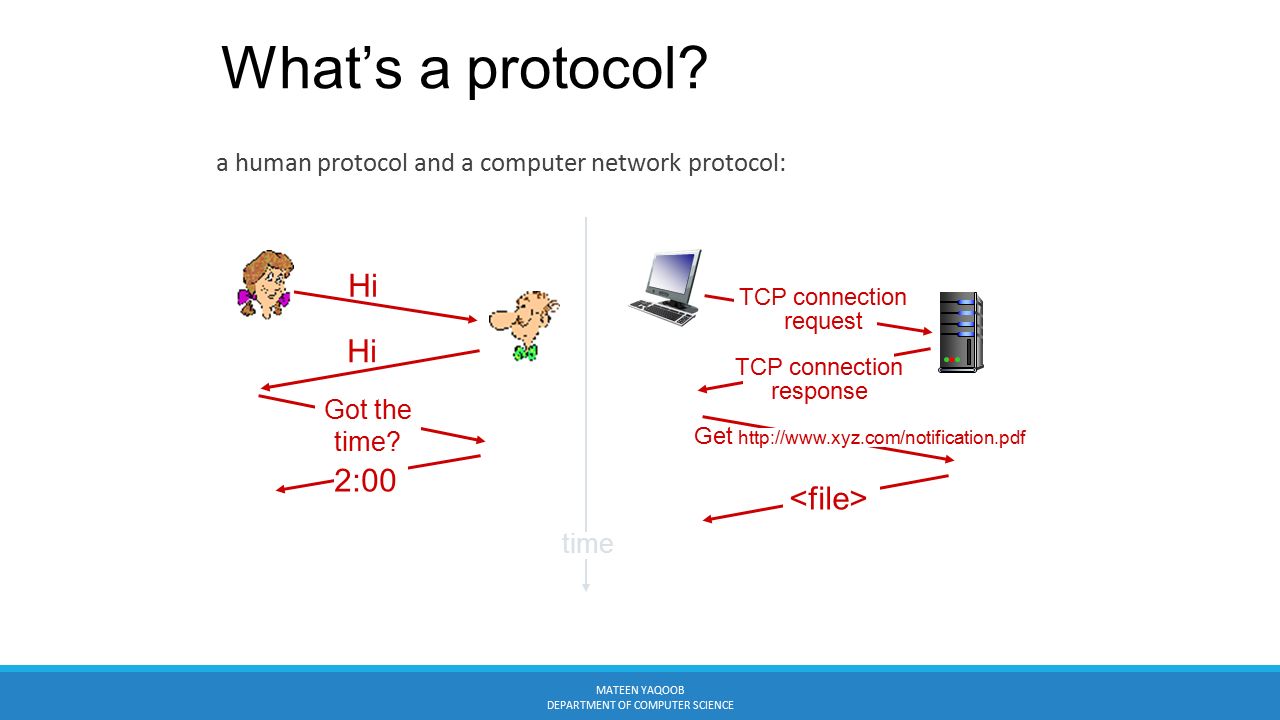 |
A protocol is a procedure for transmitting data between multiple devices. This is necessary for computers to exchange information. |
| TCP/IP |
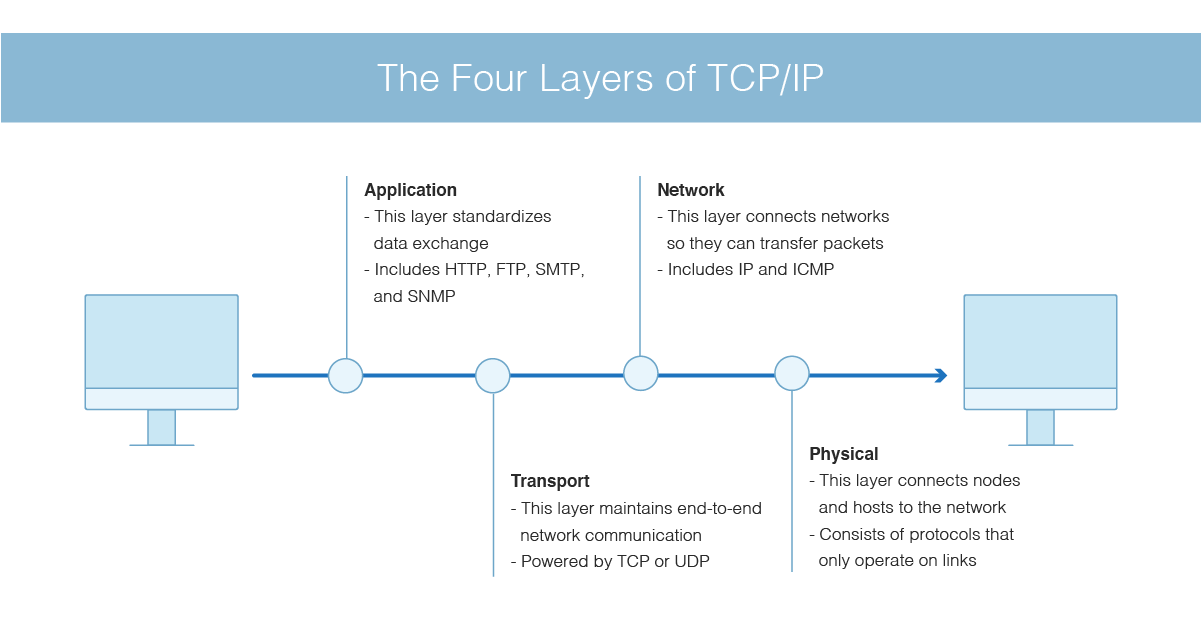 |
Allows communication over long distances. TCP is responsible for data delivery and transferring packet data after IP address is found. IP is responsible for logical addressing and obtaining the address that data is sent to. |
| HTTP |
 |
HTTP transfers data over the internet. It is necessary for any exchanging of data on the web. Follows client-server protocol where clients can request information from server. |
| GET |
GET |
GET is a method that requests and accepts data from a server. |
| POST |
POST |
POST is a method that sends data to a server. |
| Libraries |
Libraries |
Libraries are a collection of prewritten code used by computer programs. |
| Dependencies |
Dependencies |
Dependencies are pieces of code that are essential for other parts of the code to function. |
| Import |
Import |
Import statements allow Python modules access to code from other Python modules. |
| Web API |
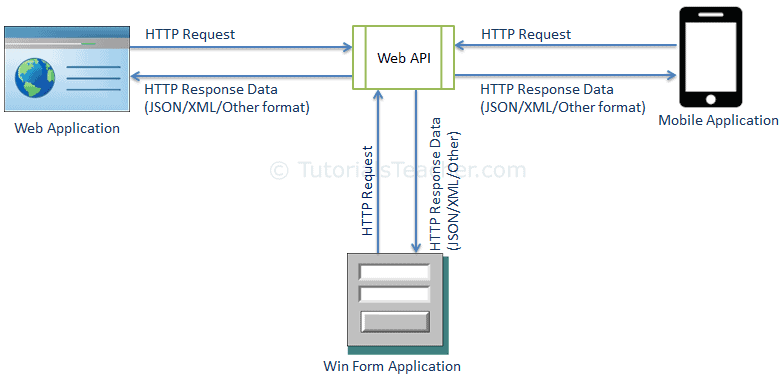 |
Application Programming Interface have frameworks to create HTTP based services for a web browser. |
| REST |
 |
REST API's that follows the constraints of REST style and allows interactions with restful web services; uses HTTP requests to access data. |
| Fetch |
Fetch |
Fetch is the retrieval of data by a software program by making HTTP requests from web browsers. |
| Async |
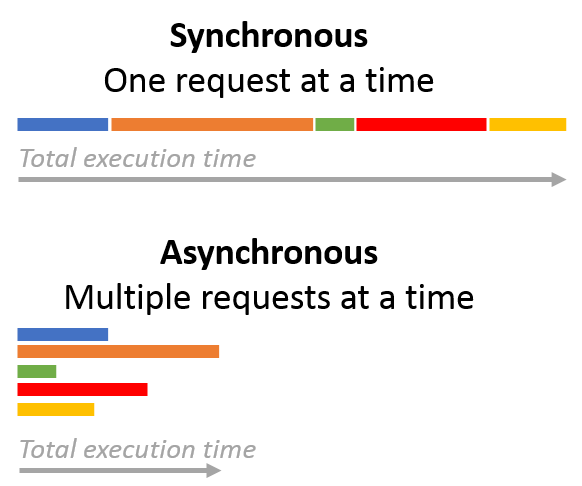 |
Async allows for multiple operations to run at the same time in an independent manner without stopping the entire code. |
| Request |
Request |
Request is when client-side computer requests data. |
| Response |
Response |
Response is when server-side computer responds to a request. |
| Blueprints |
Blueprints |
Blueprints are outlines used during the process of software development. It can be used to help organize by redirecting main.py files. |
| MVC |
 |
Model-view-controller is used to implement user interface into software design. First, browser sends request to Controller. Then, Controller can send a receive data from Model. Finally, View sends presentation to Controller, which then sends data to user output. |
| Code Sequence |
Code Sequence |
Code sequences are a set of coded steps carried out in a specific order. |
| Procedures/Functions |
Procedures/functions |
Procedures are segments of code that perform a specific task. Functions perform a task and can returns value(s) |
| Procedural abstraction |
creating function/calling function |
Procedural abstraction is when properties of a procedure are separated from it's implementation. It helps make a program easier to understand. |
| OOP |
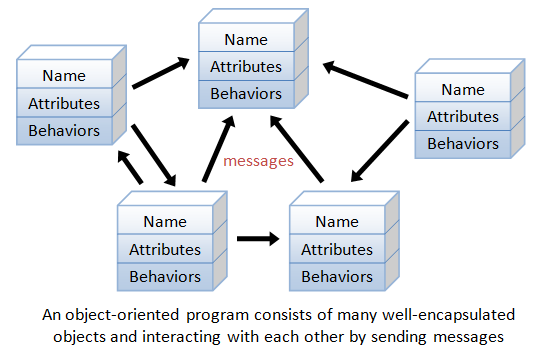 |
OOP is computer program that organizes software around objects instead of functions. |
| Class |
Class |
A class is a code template for creating an object. Within it, it defines variables and methods. |
| Attribute |
Attribute |
An attribute is a property or characteristic of an object. |
| Method |
Method |
A method is a procedure associated with a class. It is like a function, except it occurs within a class. |
| Object |
Object |
An object is an element or abstract data type in a class. |
| CRUD |
CRUD |
CRUD are the basic operations that can be performed in databases. It is important for updating and interacting with a database. |
| Sort |
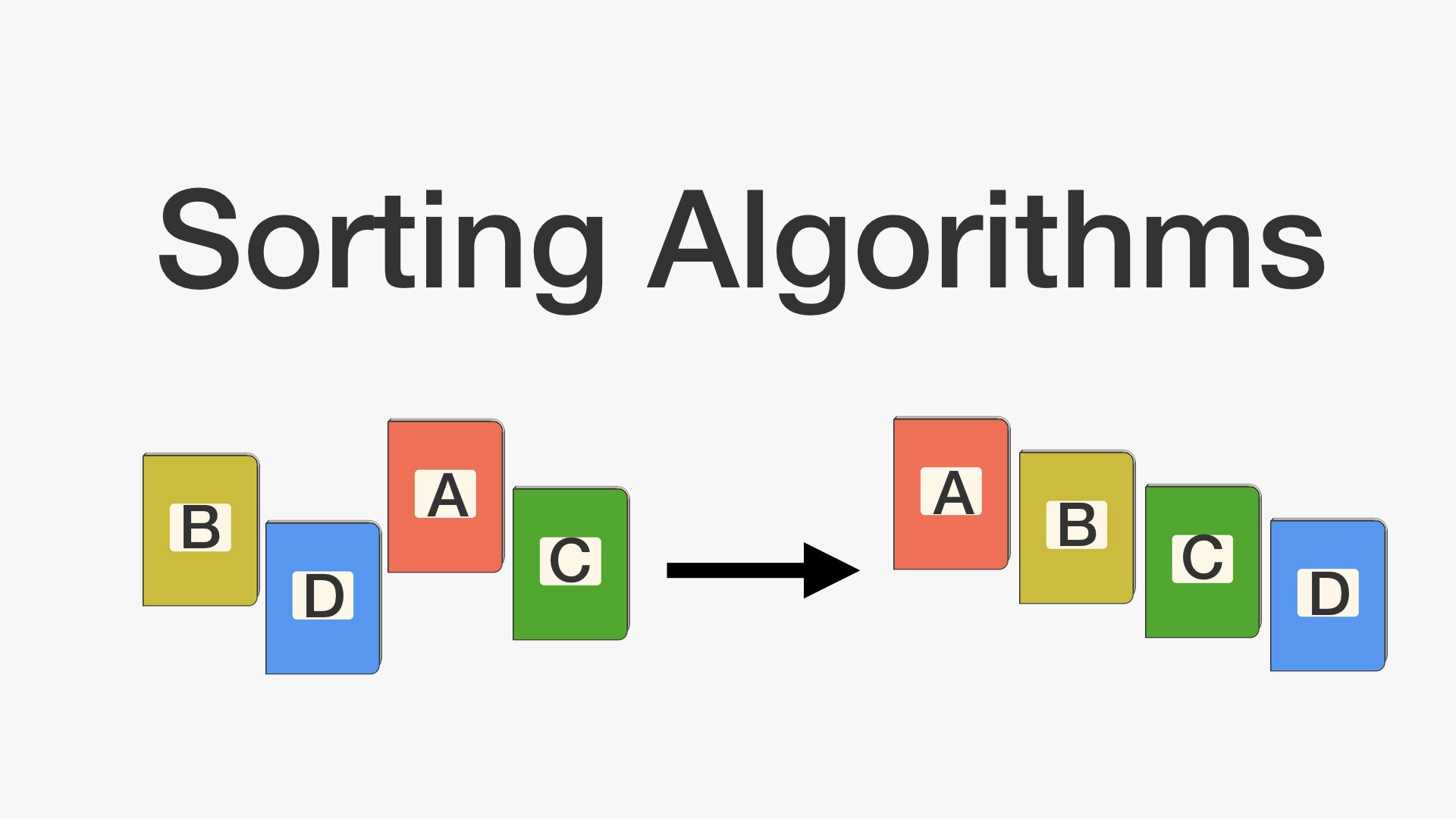 |
Sort is an algorithm used to organize items from a list into order. |
| Linear/Binary Search |
 |
Both methods are used to find an element from a list. Linear search starts at the beginning of a data set and examines each item until a match is found. Binary search divides the search interval in half and repeats division until a match is found. |














